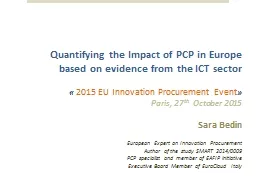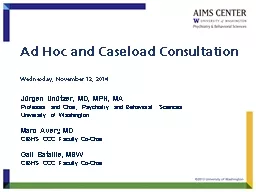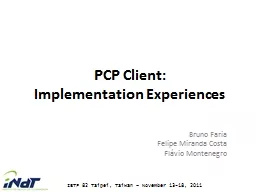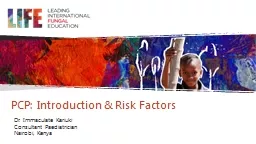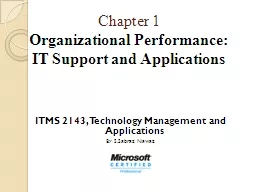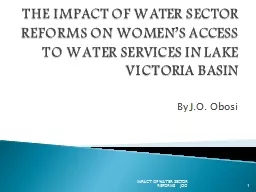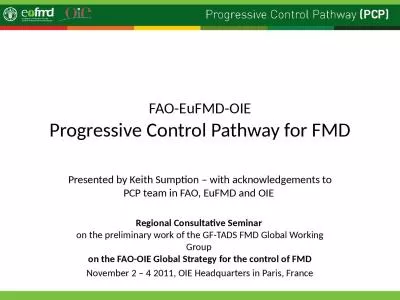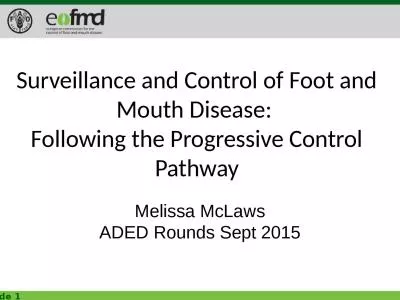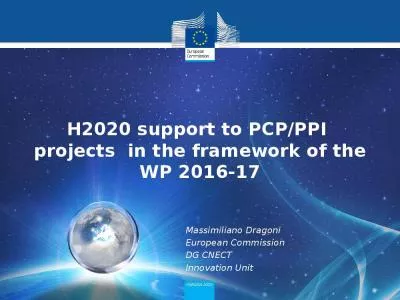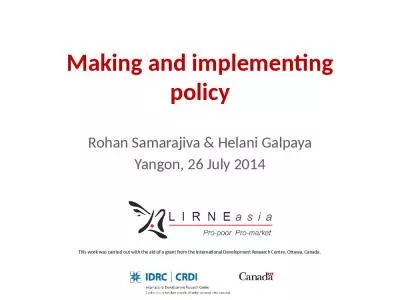PPT-Quantifying the Impact of PCP in Europe based on evidence from the ICT sector
Author : danika-pritchard | Published Date : 2019-11-05
Quantifying the Impact of PCP in Europe based on evidence from the ICT sector 2015 EU Innovation Procurement Event Paris 27 th October 2015 Sara Bedin European
Presentation Embed Code
Download Presentation
Download Presentation The PPT/PDF document "Quantifying the Impact of PCP in Europe ..." is the property of its rightful owner. Permission is granted to download and print the materials on this website for personal, non-commercial use only, and to display it on your personal computer provided you do not modify the materials and that you retain all copyright notices contained in the materials. By downloading content from our website, you accept the terms of this agreement.
Quantifying the Impact of PCP in Europe based on evidence from the ICT sector: Transcript
Download Rules Of Document
"Quantifying the Impact of PCP in Europe based on evidence from the ICT sector"The content belongs to its owner. You may download and print it for personal use, without modification, and keep all copyright notices. By downloading, you agree to these terms.
Related Documents

